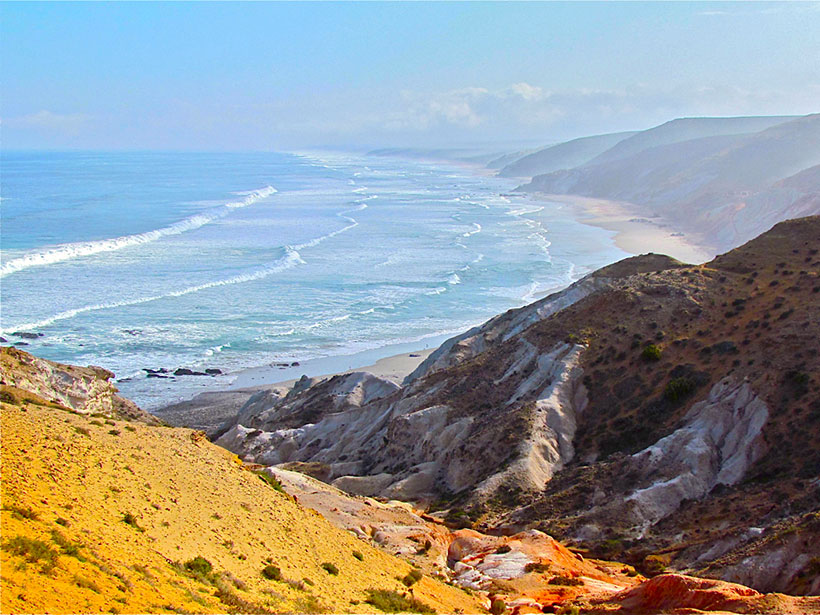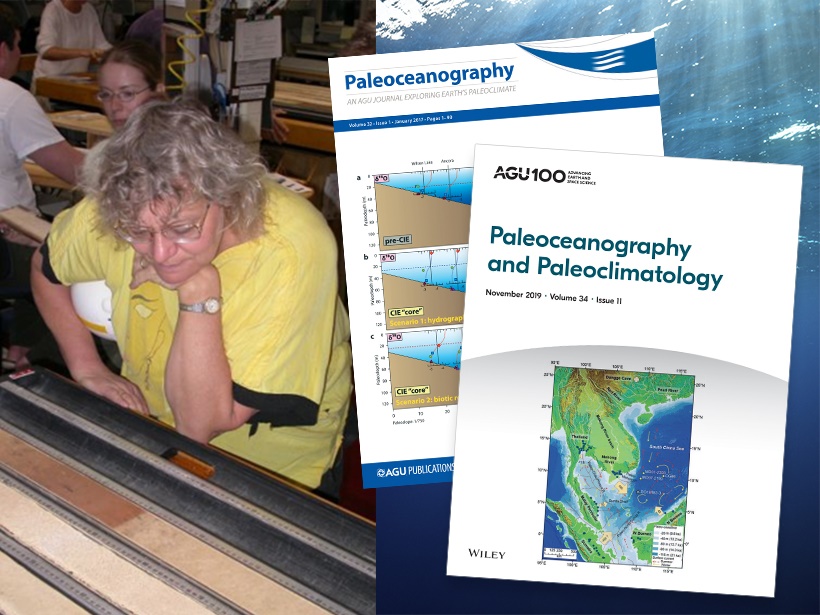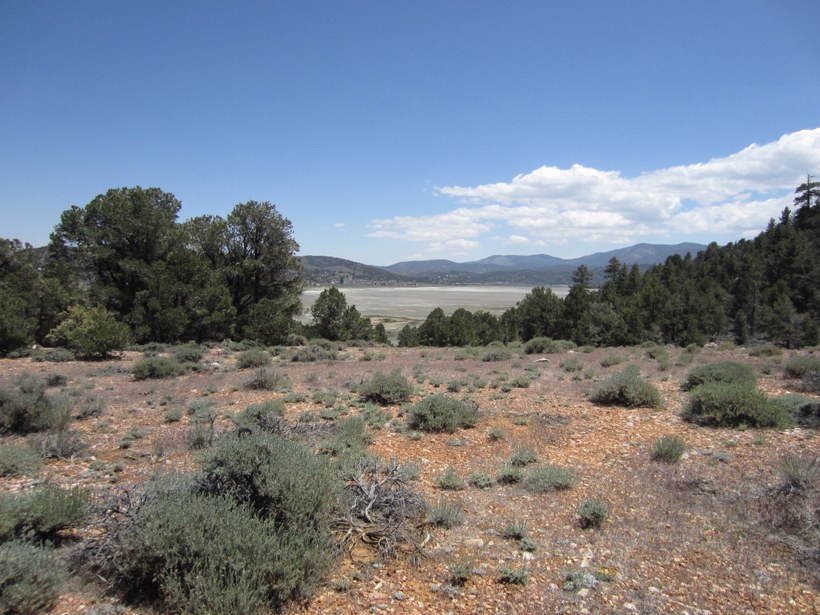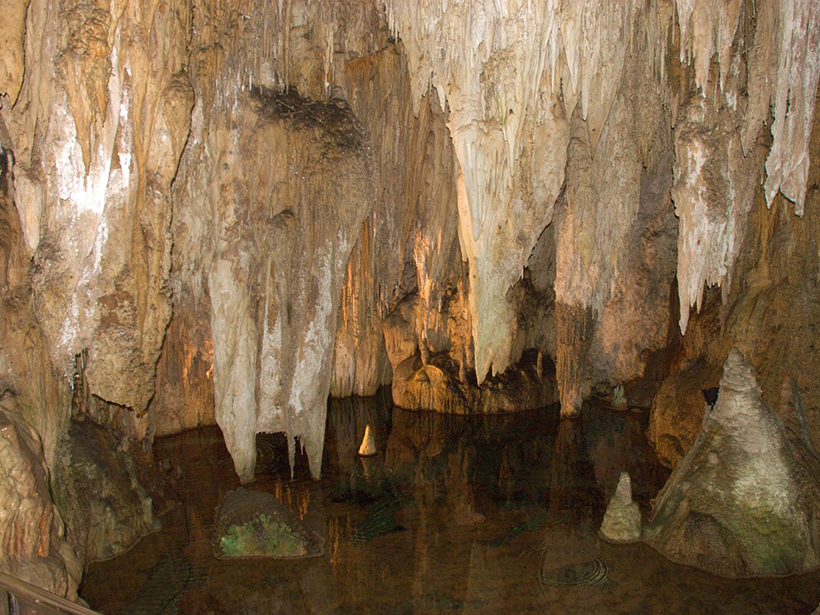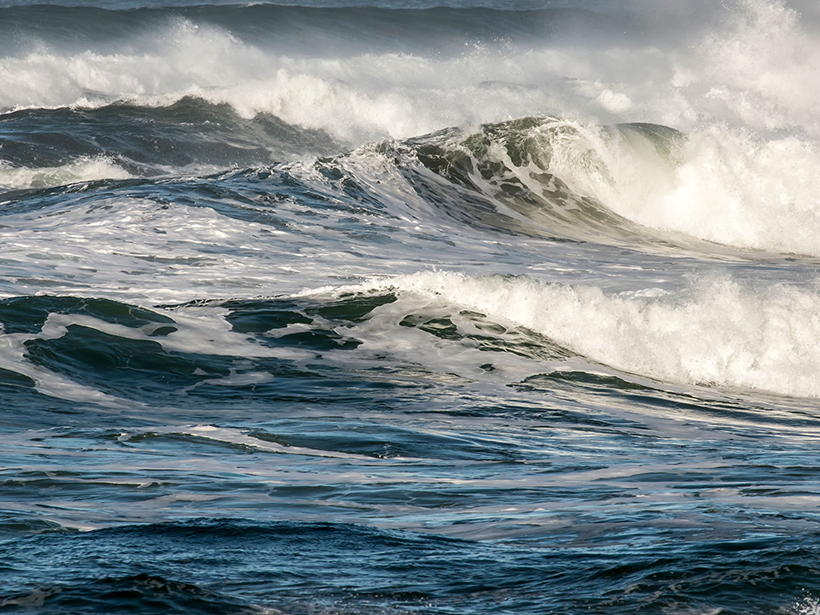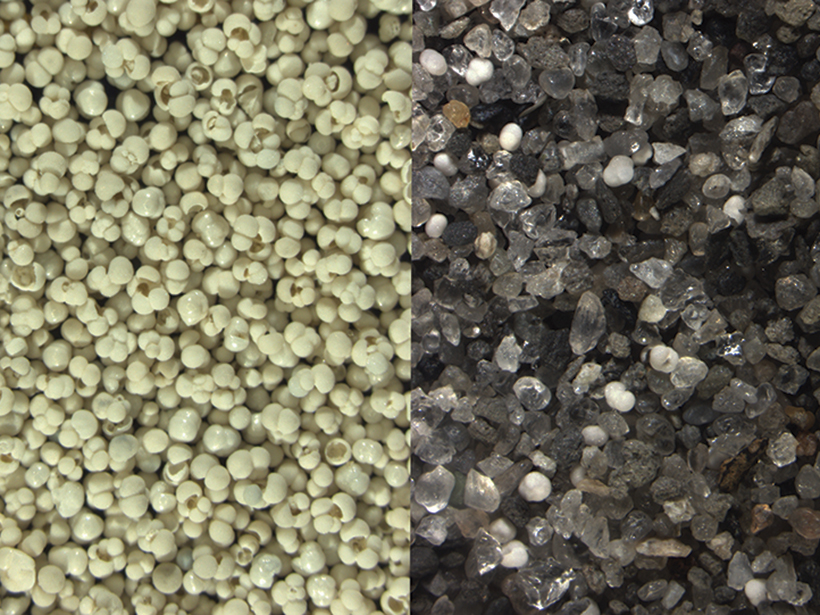Largely spared from disruptive tectonic activity, the South African coastline offers a natural setting to study sea levels from when Earth’s atmospheric carbon dioxide last reached today’s levels.
Paleoceanography and Paleoclimatology
Chinese Swamp Core Reveals 47,000 Years of Monsoon History
Magnetic analysis of mineral composition supports the importance of tropical climate processes in shaping long-term monsoon patterns.
New Editor in Chief of Paleoceanography and Paleoclimatology
Find out about the person taking the helm of Paleoceanography and Paleoclimatology and his vision for the coming years.
Between Past and Future
The outgoing Editor in Chief of Paleoceanography and Paleoclimatology reflects on her tenure and changes in the journal over those years.
Southern California Climate Change over 100,000 Years
Researchers used a sediment core from a lake in California’s San Bernardino Mountains to track the effect of climate on vegetation, fire, and erosion between about 120,000 and 15,000 years ago.
How to Read Atmospheric History Written in Flowstones
Oxygen isotope ratios in cave deposits reflect past climates, but interpreting these data is not straightforward. A new study explores what these ratios really tell us.
Reconstructing 150 Million Years of Arctic Ocean Climate
A new summary of past Arctic climate conditions gives insight into anthropogenic influences on today’s climate and on the need for future drilling studies to further improve our understanding of the past.
Oceans Vented Carbon Dioxide During the Last Deglaciation
A new boron isotope record from South Pacific marine sediments offers a more complete picture of ocean-atmosphere carbon dioxide exchange during the late Pleistocene.
Standardizing the Surge of Paleoclimate Data
Researchers unveil a community-wide effort to standardize terminology and reporting requirements across paleoclimate data.
Atlantic Circulation Consistently Tied to Carbon Dioxide
Past ocean surface conditions suggest that over the past 800,000 years, atmospheric carbon dioxide levels typically rose on millennial timescales when Atlantic overturning was weaker and vice versa.

